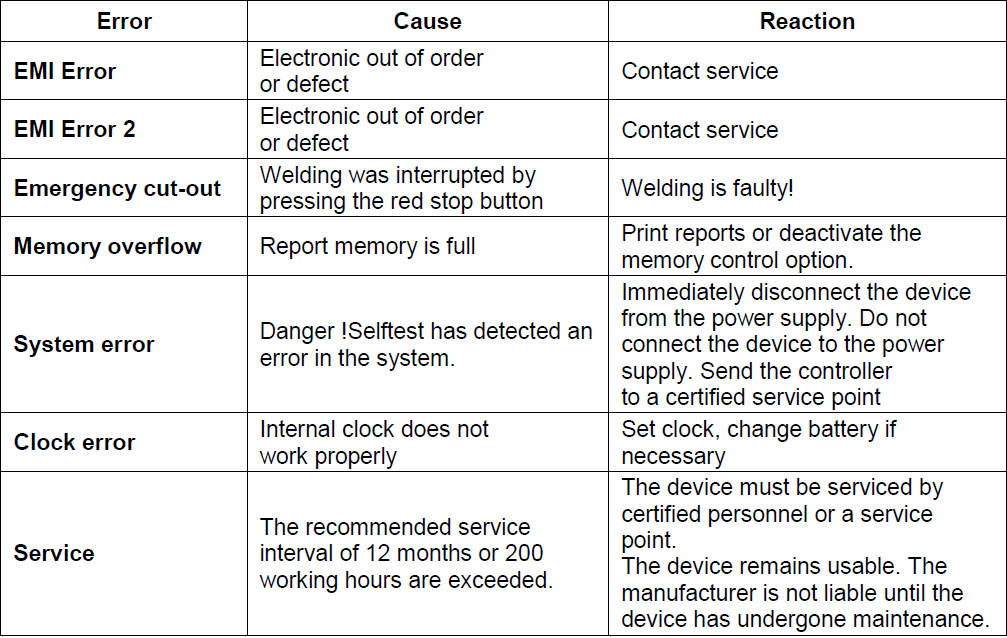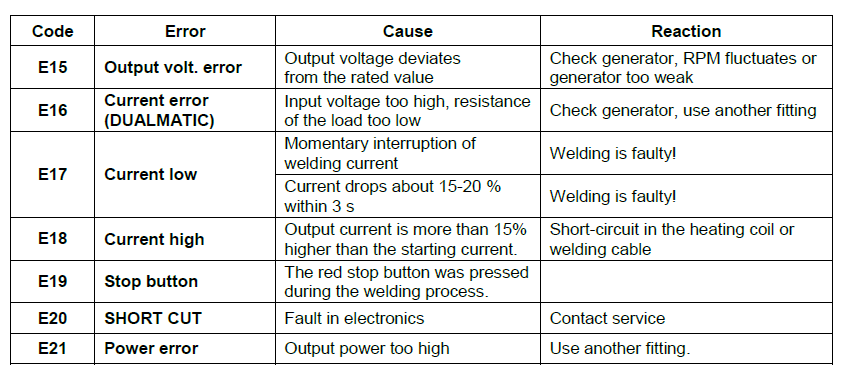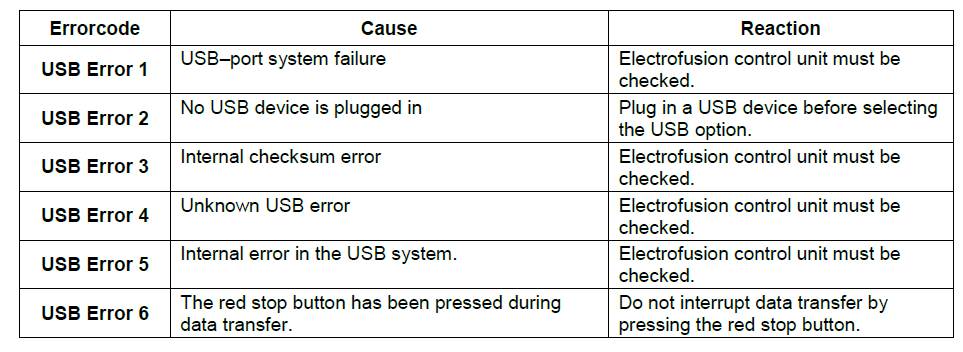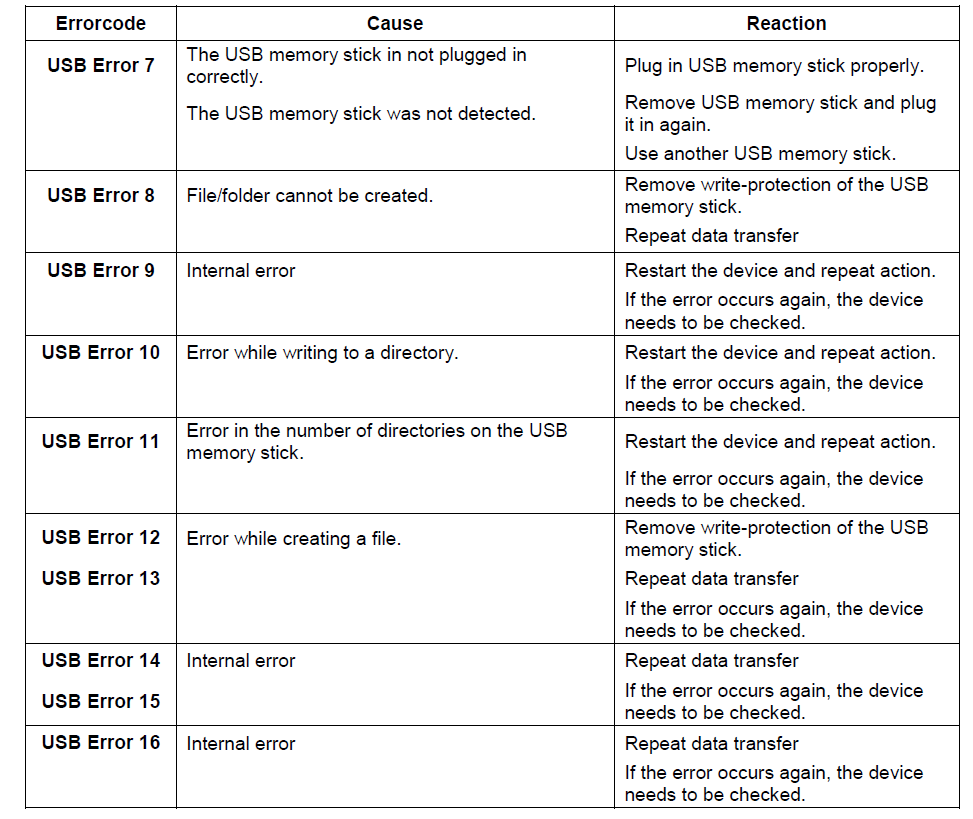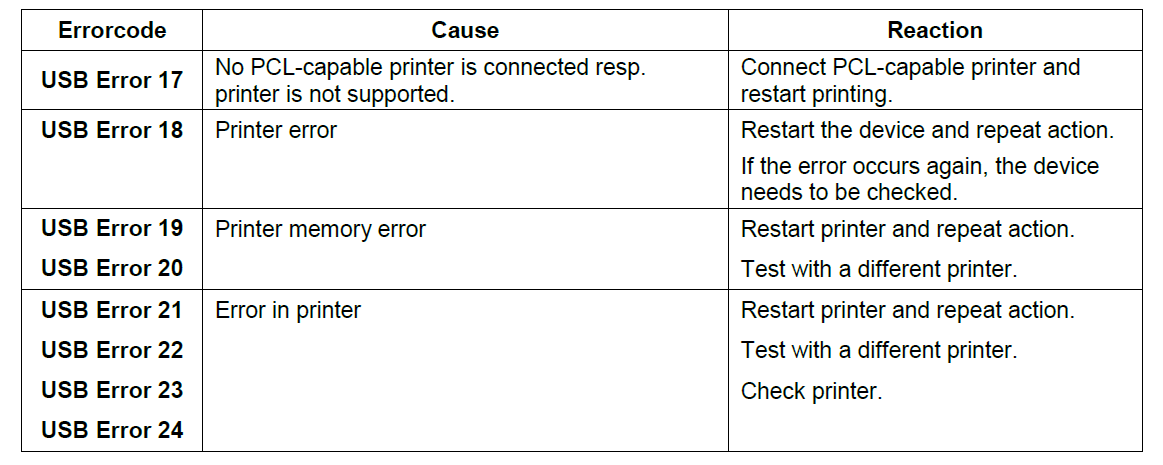What support is available to help me find the right product?
If you want more personalised help finding the right product for your needs, our friendly Customer Support Team is ready to help every step of the way.
How can I find the right Plasson Australia sales representative for my region?
Plasson has a team of dedicated Regional and Territory Managers across the country.
Who can I contact if I need technical support?
If you want more personalised help finding the right product for your needs, our friendly Support Team is ready to help every step of the way. We also have a team of multi-skilled people offering a high level of technical support.
What should I do if I can’t find the right product?
If you are unsure if the product meets your specific requirements, please contact our friendly Customer Support Team.
How does the merchandising support work?
Plasson offers a wide range of store support. Please talk to your dedicated sales person for more details on our merchandising products.
Where is the Plasson stock located?
All items are ranged in our major distribution centre in Brisbane. Melbourne, Perth and Darwin distribution centres carry slightly reduced ranges – all designed to meet the immediate supply needs of the respective local markets.
Where does Plasson stock tooling?
Our Brisbane warehouse has all tooling in stock and tooling is only available ex Brisbane.
What are the addresses of the Plasson distribution centres in Australia?
Queensland
49 Distribution St
Larapinta QLD 4110
New South Wales (Head office only)
PO Box 6163
Alexandria NSW 2015
Victoria
25 Business Park Drive
Ravenhall VIC 3023
Western Australia
c/- ACFS
151 Milner Rd
High Wycombe WA 6057
Northern Territory
c/- Simon National Carriers
76 Export Drive
East Arm NT 0822
When can I pick-up items in the warehouse?
All warehouses open Monday to Friday from 8am to 4pm. Please note: You need to allow a minimum of two hours from the receipt of Plasson’s order acknowledgement which will state dispatch location before collecting your goods.
What information do I need for picking up items?
You must quote your PO number.
Who can install Electrofusion (EF) Fittings?
Any operator intending to install electrofusion fittings on PE pipelines should be trained and qualified in PE welding by an accredited training organisation. A list of approved PE welding trainers is available from the Plastic Industry Pipe Association (PIPA)’s website www.pipa.com.au
What are the basics of the Electrofusion Welding process?
• Clean pipes
• Peel pipes
• Clean pipes with Isopropyl alcohol based Electrofusion Pipe Wipes
• Clamp pipe and fittings to prevent movement during the weld
• Weld
• Cool in the clamped position
What are cool down times?
The welding process involves two phases – fusion (heating) and cooling. Cool down times are listed on the fitting barcode and fittings should be left in the clamped position during this cooling time.
Are clamps required for Electrofusion joining?
Clamping is particularly important because it:
• keeps the fittings rigidly aligned with the pipe preventing the weight of the pipe and fittings from applying lateral pressure to the join
• prevents the pipe and fittings from moving during the welding and cooling process
How do I store and handle fittings?
Always keep in the plastic bag out of the sun and use the bag to hold the fitting to push it onto the pipe. Couplers should be stored on their flat ends. Refer to PIPA POP005 for more detailed information.
Why do we have to peel and clean PE pipe before conducting an EF weld?
We peel the pipe to remove the layer of oxidised polyethylene material before welding. A layer of oxidised material is left on the outside of all PE pipes as a result of the manufacturing process. Unless removed, this layer will inhibit the electrofusion welding process, resulting in weld failure.
How much material do we peel off the surface of the pipe?
The pipe is prepared for jointing by removing a uniform layer, maximum of 0.2mm for pipes up to DN25, 0.2mm to 0.3mm for pipes up to DN75 and 0.2mm to 0.4mm for pipes larger than DN75. Note: Numbers may change over time; please refer to PIPA for the most current industry guidelines.
Can I scrape the pipe with sandpaper, wire brush or file?
No! These methods of scraping all have the potential to re‐contaminate the pipe as you scrape and will not remove a uniform layer from the pipe surface. Only approved electrofusion peelers should be used. For more information contact us.
Why do I have to wipe the pipe after I’ve peeled it?
To ensure that all contaminants, dust, grease and moisture are removed from the surface of the pipe prior to welding.
Can I use metho, acetone, turpentine, baby wipes or paint stripper etc. instead of approved Isopropyl Alcohol Wipes to wipe the pipe with?
No! These substances can contain contaminants which will inhibit the welding process. There is also the potential to contaminate the weld with the rag or cloth that these substances are applied with. Always use approved Plasson Isopropyl Alcohol EF Welding Wipes to clean the pipe before welding.
What happens if I contaminate or touch the inside of a fitting?
Contamination will occur resulting in weld failure. Re-clean the fitting with Isopropyl alcohol wipes and allow to dry. Avoid further hand or dirt contact.
How much gap is allowed between the pipe and the fitting?
• Maximum allowable gap for concentrically located pipe is 1% of pipe outside diameter
• Maximum allowable gap for eccentrically located pipe is 2% of pipe outside diameter
Refer to PIPA POP001 for detailed information.
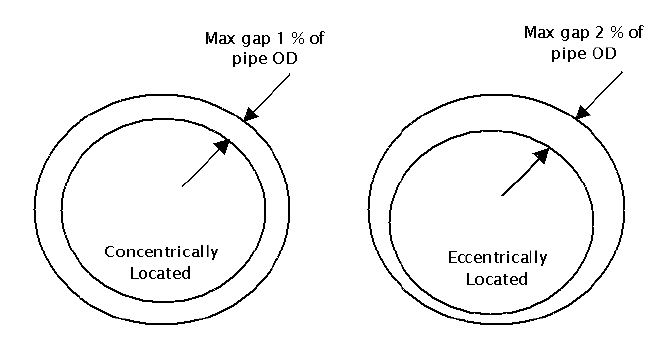
What happens if melt extrudes from the fitting?
“Melt out” is a symptom that something has gone wrong during the welding process. Possible reasons include:
- Pipe ovality
- Poor alignment
- Pipe ends not cut square
- Insufficient clamping
Cut out the fitting and replace.
The Weld Indicator pins didn’t rise. Does this mean the weld is no good?
Not necessarily. The welding indicator pins are only a visual indicator that the fitting has been welded.
What size generator set do I need to operate a Plasson control box?
Recommended generator size is shown in the front of the Plasson Electrofusion catalogue.
What happens if there’s a power failure (or my gen‐set runs out of petrol) halfway through a weld?
Let the fitting cool down for 24 hours and then weld again for the full weld time.
Can you weld in the rain?
We do not recommend welding in the rain. However, welding in adverse conditions is possible if a ‘welding tent’ is used.
Can I weld two pipes together that have water running through them?
No! Moisture will cause a welding failure.
Why does the control box cut out halfway through a weld? What can I do to fix this?
(error message: ‘interturn shortc’)
Plasson control boxes have process supervision feature known as Dynamic Monitoring. If there is a problem with the weld that results in a short circuit and a potential failed weld, the Plasson electrofusion control box recognises the problem and aborts the welding process. A message saying “interturn shortc” appears on the screen of the control box. This gives the contractor the opportunity to rectify a bad weld before the pipe is buried etc.
The most common causes are:
a) The pipe is under inserted into the fitting.
b) The pipe is oval and there’s an excessive gap between the pipe wall and the fitting.
c) The pipe OD is too low and there’s an excessive gap between the pipe wall and the fitting. The pipe is not cut square.
d) The pipe from a coil is not inserted square.
e) The pipe moves during the weld process (unlikely to happen if the pipe is clamped).
f) The pipe is unevenly scraped.
g) The pipe has external damage or gouging.
h) The fitting is damaged through forced insertion of an oversized pipe.
In each case, it is recommended that the contractor cut out the fitting and weld again.
Are Plasson Electrofusion fittings UV stabilised?
Yes.
What does SDR stand for?
SDR refers to the Standard Dimension Ratio of Polyethylene pipes. It is a ratio based on wall thickness in relation to overall diameter of the pipe. The SDR is calculated by:
SDR = Min. OD
Min. Wall Thickness
OD refers to the Outside Diameter of the pipe. The higher the SDR, the thinner the pipe wall, and the lower the pressure rating.
Are SDR and PN ratings the same?
No. PN ratings refer to internal pressures and SDR ratings refer to pipe wall thickness.
Can Plasson couplings weld PE pipes of all wall thicknesses (SDR’s)?
The suitable SDR range for each fitting is shown in the Plasson catalogue.
Can differing SDR rated pipe be electrofused?
Yes. Check the Plasson catalogue for the suitable DR range of each fitting. The pressure rating of the system will be determined by the lowest rated component.
What temperature are EF Plasson fittings rated to?
Refer to PIPA’s industry guidelines on temperature rerating of PE Pipes.
What is the Australian Standard of Plasson Electrofusion Fittings?
AS/NZS 4129:2008 Fittings for polyethylene (PE) pipes for pressure applications
What operating pressure are Plasson Electrofusion Fittings rated to?
Please check the Plasson catalogue for detailed information on operating pressure.
What material are Plasson Electrofusion Fittings made of?
Polyethylene PE 100
What is butt fusion?
Butt fusion is a similar process to electrofusion except the jointing is carried out on the end profile of the pipes or fittings. The machine and tooling used in this process are also different.
What do the error messages on the control box mean?
See images below.
General Error messages
Error messages before and during the welding procedure
General USB error messages
Error codes when using a USB memory stick
Error codes when using a USB printer
What sizes are available?
Metric: 16mm – 160mm
Rural: ½” – 2”
Do Plasson Compression Fittings meet any Australian Standard?
Plasson Compression fittings comply with AS/NZS 4129; ApprovalMark and WaterMark Licence No. 2018.
What operating pressure are Plasson Compression Fittings rated to?
Plasson compression fitting operating pressure at 20°C is:
PN16 – 1600 kpa (Water) - Compression fittings up to 125mm Diameter
PN10 – 1000 kpa (Water) - Compression fittings 160mm Diameter
(kpa is Kilopascals – a unit of surface area pressure)
What does “PN” mean?
PN refers to nominal operating pressure.
e.g.: PN16 = 16BAR = 1600kpa, PN10 = 10BAR = 1000kpa
(kpa is Kilopascals – a unit of surface area pressure)
What types of pipe can I connect with Plasson Compression Fittings?
Plasson Metric Fittings
• For pipes 16mm to 160mm outside diameter (OD), Metric OD systems for use with Polyethylene Pipes manufactured to:
o AS1159-1988 – Polyethylene Pipes for Pressure Applications
o AS4130 – Polyethylene Pipes for Pressure Applications
Plasson Rural Fittings
• For Class Rural Polyethylene Pipe manufactured to:
o AS2698.2 (ID Series) – Class 6
Other pipes:
• When used with the appropriate Plasson Adaptor Kits, Plasson Compression fittings can be:
used to connect PE pipes to copper, polybutylene, PVC, metal and PEX pipes in cold water plumbing applications.
• Plasson Universal Adaptors can be used to connect PE pipes to Steel, PVC, PEX, Copper, Polybutylene and Polypropylene pipes.
What is the difference between Metric & Rural fittings?
Plasson Metric fittings have a black nut which houses a white split ring (or grab ring). They have no insert. Metric fittings are an “outside diameter” (OD) fitting. They grip on to the outside of Metric PE pipe. Metric fittings can be used on all metric PE pipe made to Australian Standard AS/NZS 4130. Plasson Rural fittings have a black nut, grey split ring and a red insert. Plasson Rural fittings are an “inside diameter” (ID) fitting. The red insert pushes up inside Rural PE pipe whilst the split ring grips on the outside. Rural fittings are used on Rural pipe, most of which are now manufactured with green stripes.
Are Metric & Rural Fittings interchangeable?
Yes, the body is common to both fittings.
How tight do you have to do up a Plasson Compression Fitting?
Metric: Hand tight up to 32mm. Use a wrench for a further half turn past hand tight for the final tightening of fittings 40mm and above.
Rural: Hand tight from ½” – 2”
Where can I find Plasson assembly instructions?
Complete Plasson assembly instructions are available in the Plasson catalogue.
What material are Plasson Compression Fittings made of?
Body & nut: polypropylene
Split Ring: Acetal (CPVC available)
O-Ring: Nitrile Rubber (NBR) (EPDM & FRM O-Rings are available)
Can I get spare parts for Plasson Compression Fittings?
Yes.
What temperature are Plasson fittings rated to?
Plasson fittings are generally designed for cold water use although they will withstand the same temperature as most PE pipes. Full pressure rating is calculated at 20°C. Refer to PIPA’s industry guidelines on temperature rerating of PE Pipes.
Are Plasson Compression Fittings acid/chemical/oil resistant?
Alternate materials are available for the split ring and O-Ring which suit many acid and chemical applications. Refer to common chemical resistance charts for suitable materials.
Can I use Plasson Compression Fittings for compressed air?
Yes. Be aware of potentially higher temperatures in roof spaces which may derate the fitting’s working pressure.
Can I use Plasson Compression Fittings for natural gas?
Typically, welded systems are used in gas applications. Refer to Plasson’s range of Electrofusion fittings.
AMI: ApprovalMark International
AS: Australian Standard
BSP: British Standard Pipe
DN: Diameter Nominal
ID: Inside Diameter
ISO: International Standards Organization
NBR: Nitrile Rubber
NPT: National Pipe Thread
OD: Outside Diameter
PE: Polyethylene
PEX Pipe: Crosslinked Polyethylene Pipe
PIPA: Plastics Industry Pipe Association of Australia
PN: Pressure Nominal
PVC Pipe: Polyvinyl Chloride Pipe
SDR: Standard Dimensional Ratio
